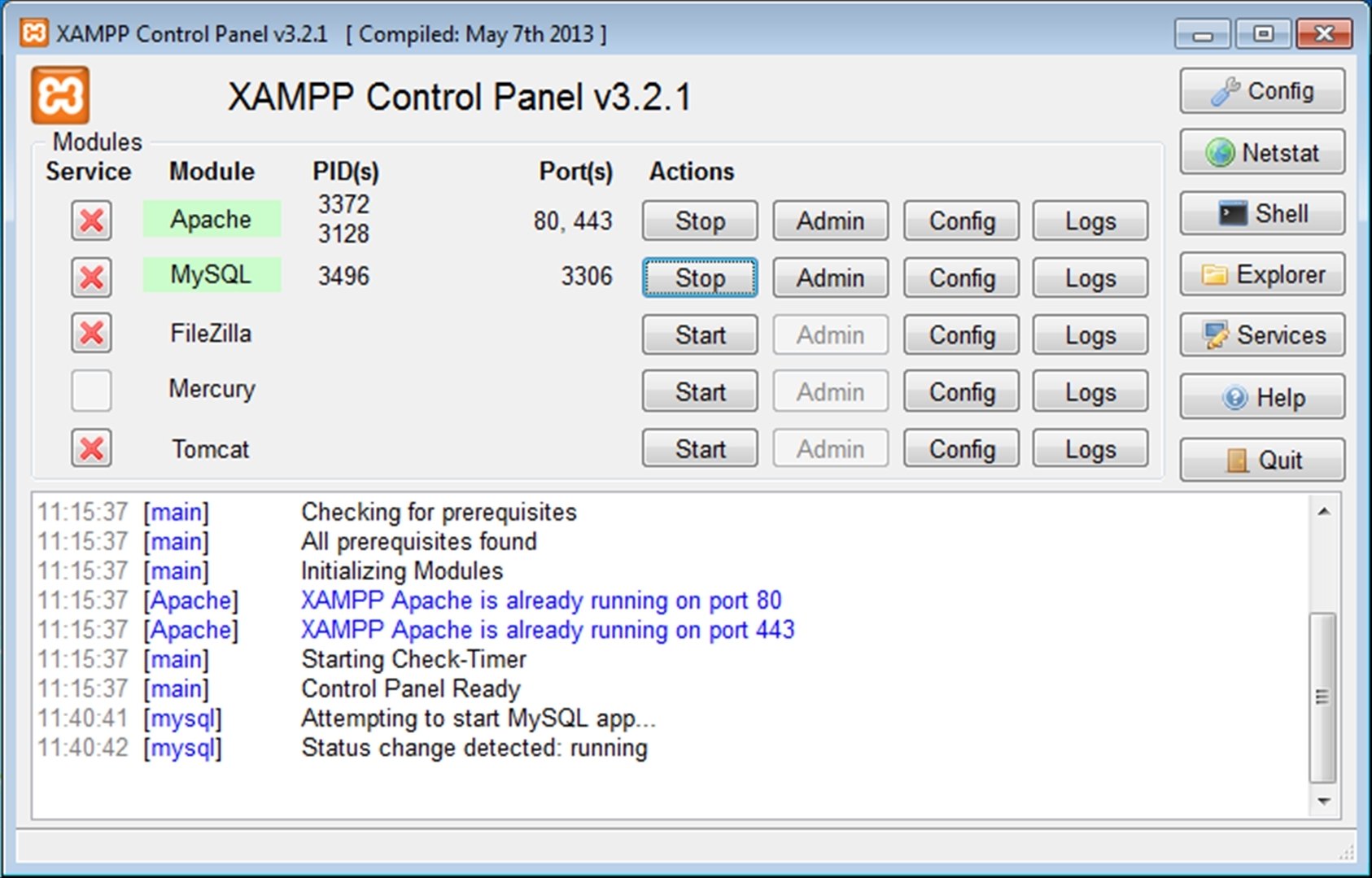
Tomcat 8.x implements the Servlet 3.1 and JSP 2.3 Specifications. These components may be built by users should they need them or they can be downloaded from one of the mirrors. A number of additional components may be used with Apache Tomcat. Tomcat is building additional components. It also tries to manage sessions as well as applications across the network.

It has also added user- as well as system-based web applications enhancement to add support for deployment across the variety of environments. It is very useful in handling user requests on high-traffic web applications. This is done by dispatching live traffic requests to a temporary server on a different port while the main server is upgraded on the main port. new releases, change requests) without affecting the live environment.


Clustering support currently requires the JDK version 1.5 or higher.Ī high-availability feature has been added to facilitate the scheduling of system upgrades (e.g. It is used for load balancing that can be achieved through many techniques. This component has been added to manage large applications. Three new components were added with the release of Tomcat 7:
#PROFESSIONAL APACHE TOMCAT 6 DOWNLOAD CODE#
Jasper parses JSP files to compile them into Java code as servlets (that can be handled by Catalina). Another Coyote Connector, Coyote JK, listens similarly but instead forwards its requests to another web server, such as Apache, using the JK Protocol. Coyote listens for incoming connections to the server on a specific TCP port and forwards the request to the Tomcat Engine to process the request and send back a response to the requesting client. This allows Catalina, nominally a Java Servlet or JSP container, to also act as a plain web server that serves local files as HTTP documents.

Coyote Ĭoyote is a Connector component for Tomcat that supports the HTTP 1.1 and 2 protocol as a web server. Different implementations of Realm allow Catalina to be integrated into environments where such authentication information is already being created and maintained, and then use that information to implement Container Managed Security as described in the Servlet Specification. In Tomcat, a Realm element represents a "database" of usernames, passwords, and roles (similar to Unix groups) assigned to those users. Catalina implements Sun Microsystems' specifications for servlet and JavaServer Pages (JSP). Tomcat 4.x was released with Catalina (a servlet container), Coyote (an HTTP connector) and Jasper (a JSP engine).Ĭatalina is Tomcat's servlet container.


 0 kommentar(er)
0 kommentar(er)
